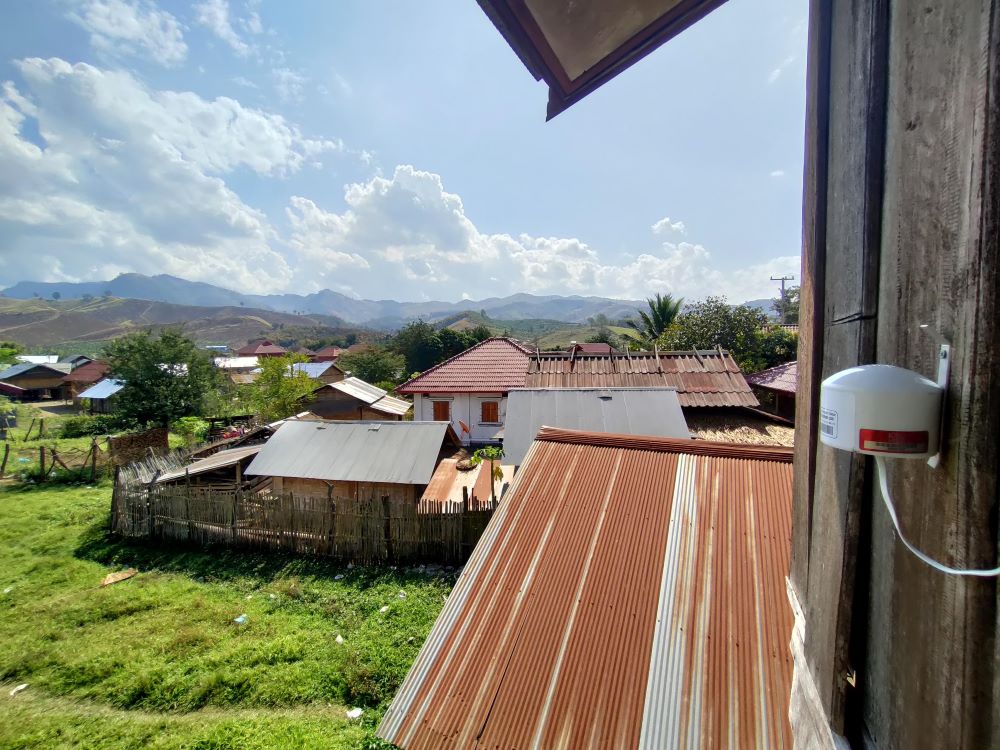Global and regional atmospheric models suggest that every spring, air quality in parts of Northern Southeast Asia is amongst the worst in the world, apparently due to smoke from biomass burning. Surface level fine particulate matter (PM2.5) concentrations exceed 100 µg.m-3 each year in many areas, and 1000 µg.m-3 in some years.
These models, which use satellite observations of active fires (AFs) as inputs, show that the region experiences some of the worst air quality in the world for multiple weeks annually. Exposure to wildfire smoke is a serious public health issue and can lead to respiratory issues, heart disease, and stroke, particularly posing a significant hazard to young children, increasing child mortality. However, these models and satellite AF data may not fully capture smaller agricultural fires and fires occurring outside of satellite overpasses, potentially underestimating the amount of emissions coming from fires in the region. Ground measurements, which could validate the satellite data or reveal this underestimation, are limited in low- and middle-income countries (LMICs), especially in rural areas where much of the agricultural burning takes place. In January 2023, a team led by KCL conducted fieldwork to install a network of 60 calibrated low-cost particulate matter sensors (Purple Air) across Northern Laos, Vietnam, and Thailand.
The project aims to use these data as validation for atmospheric models, evaluating their performance in accurately providing surface PM2.5 levels both during and outside this intense period of burning. The dataset will also help identify the local air quality impacts from large scale fires, agricultural fires (used to clear crops post-harvest), and those from cooking fires within the villages and towns. Additionally, there is potential to use both the ground data and satellite data to explore how smoke from the fire season spreads across national boundaries and how differences in national and regional policies impact the intensity of the fire season and the subsequent degradation in air quality.

Photo 1: Purple Air particulate matter sensors installed in Laos

Photo 2: Poor air quality in Laos







